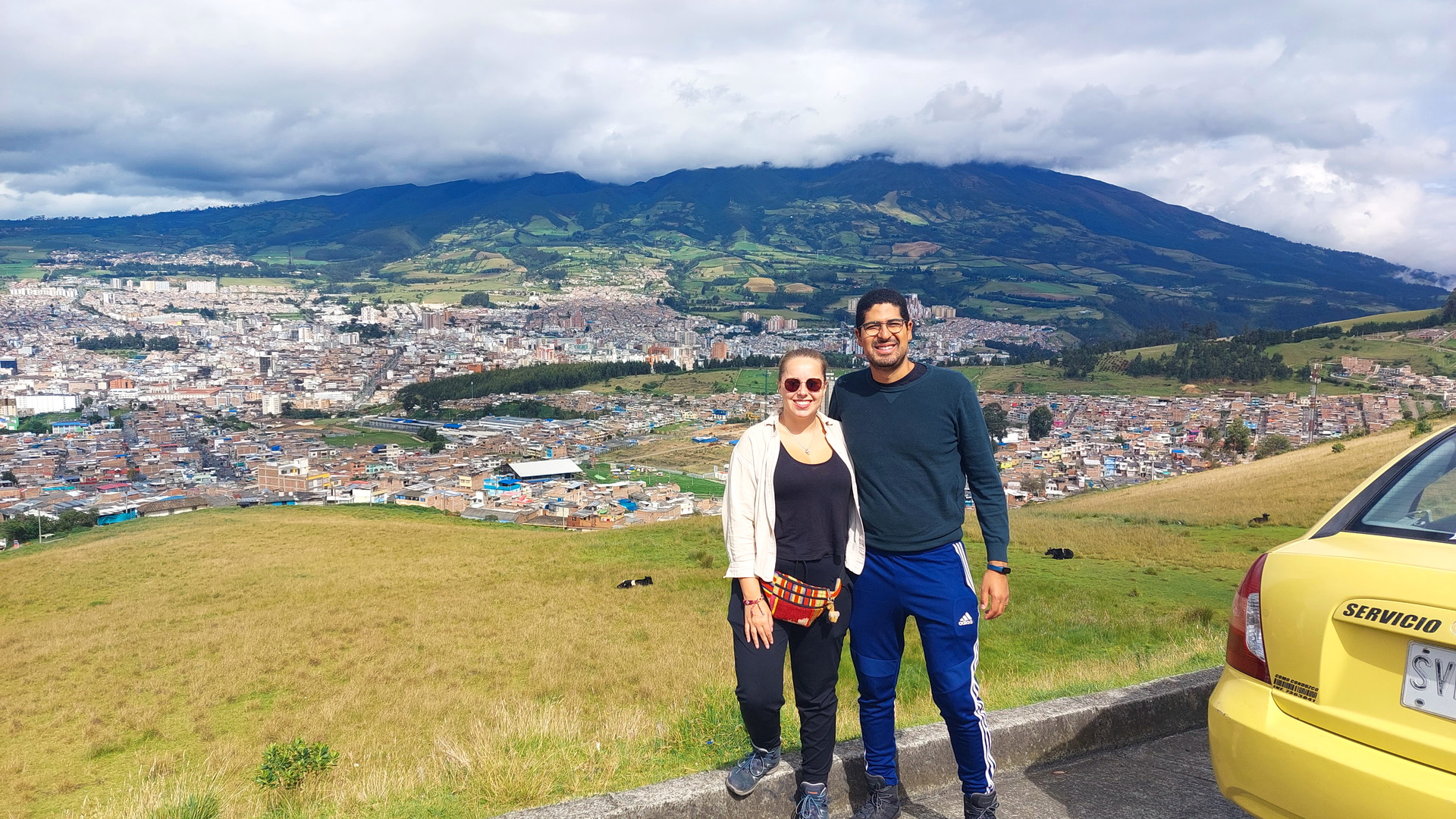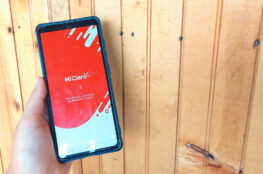The town of Otavalo in the north of Ecuador, is famous for it’s artesanal market, and a good spot to stop on your way to Colombia. From Otavalo it’s pretty fast, only 3 hours, and easy to get to the border with Colombia.
As far as we could find out, there is no direct bus from Otavalo to Colombia, so it’s a little bit of a process to get there, but it’s really not difficult.
1. Getting to Tulcán
Initially we were planning to catch a bus to Ibarra, and change to a bus to Tulcán there. But, there’s a much easier way. After discussing our plans with the receptionist at our hotel, he mentioned we could just take a direct bus from a parada on the road in the north of town. He said there are buses every 10/15 minutes, so we shouldn’t be waiting long.
He turned out to be very right! We waited for about 10 minutes before a bus pulled up that was going to Tulcán. In the front window of the bus it didn’t have a plaque for Tulcán, but the guy that put away the luggage and sells the tickets said it would be going there. So in we went.
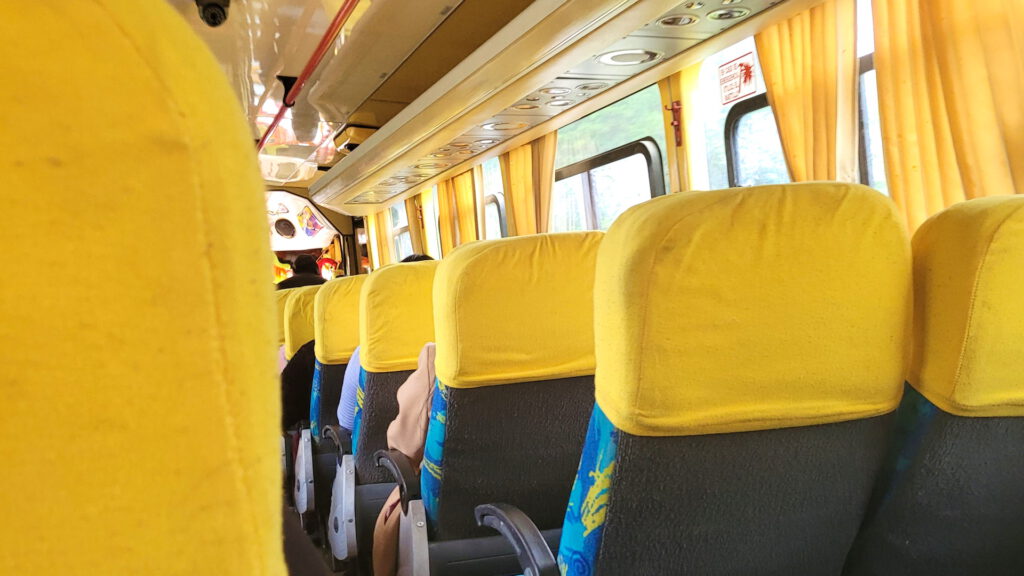
Now, technically, that bus didn’t go to Tulcán, haha. But, at some point we simply changed buses (without paying extra) and made it to Tulcán without issues. The bus ride from Otavalo to Tulcán cost $4,50 per person.
2. Getting to the border in Rumichaca from the bus station
In Tulcán we were dropped at the terminal of town, which is also where the collectivos to the border leave from. This collectivo costs $0,75 per person and leaves whenever it’s full. For us this took maybe 10 minutes, it went pretty quickly. The drive to the border takes around 15 minutes.
3. Crossing the border
The collectivo actually dropped us on the Colombian side already, but as we needed an exit stamp for Ecuador, we had to walk back to the Ecuadorian side. Thankfully the line was short, so it took 5 minutes to get our Ecuador exit stamp. The officer asked where we were going in Colombia before putting the stamp in my passport.
Then, back to Ipiales on the Colombian side. This also took only several minutes, as there was no line at all! There were 2 officers available. Luis got his stamp pretty much straight away, but I had to answer a few questions. He wanted to know where I was heading and where I would be staying. I actually had to show him the location on google maps, as he wanted to put that address in to the system. It was just normal procedure and only took a few minutes. And then we were good to go!
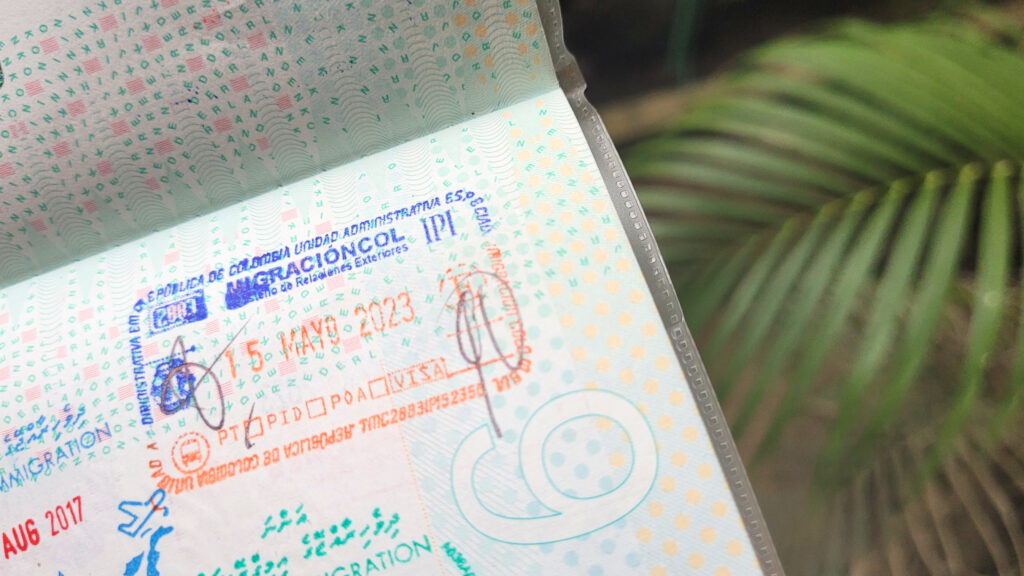
TIP: change some dollars for pesos at the border! You can pay the collectivo in dollars as well, but you’ll pay a bit more (it’s literally pennies, but it’s always good to have some local currency of course).
4. Getting to the Ipiales bus terminal
After getting our stamps, we had to go back to the little parking lot where we were dropped from Tulcán to get a collectivo to the terminal of Ipiales. This collectivo costs 3000 pesos per person (€0,60) and it takes about 10/15 minutes to get to the terminal.
5. Getting to your first destination in Colombia
There aren’t a lot of places you can get to directly from Ipiales, so for most travellers the first stop would be Pasto. Per person we paid 16.000 pesos (€3,20) to get to Pasto and we stayed a night. From here there are more options to get to other places in Colombia, including an airport.
Our plan was to travel to Popayán, but due to a landslide on the way we changed our plans and ended up flying to Cali and visiting Bahía Málaga.
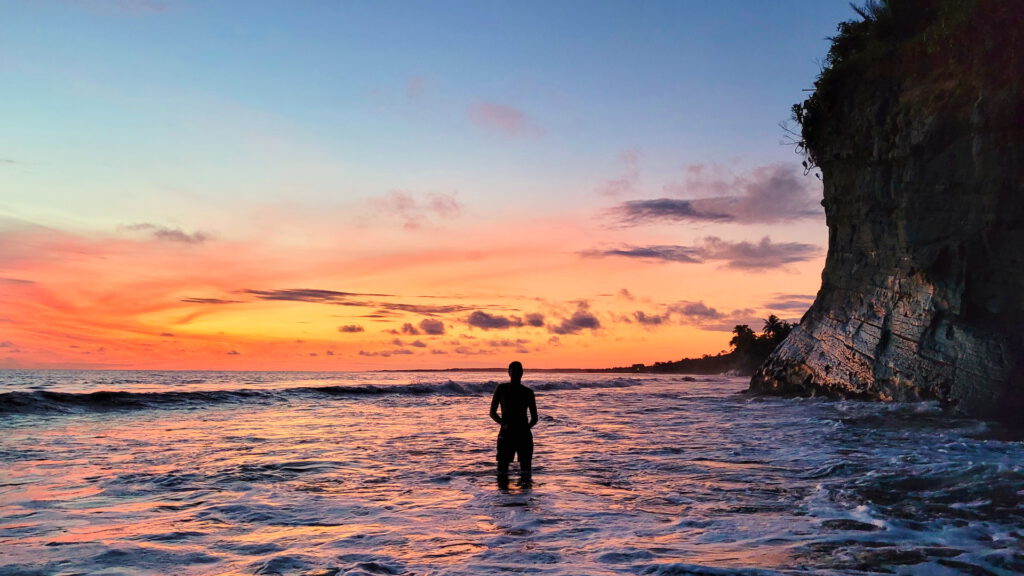
It’s pretty much a full day of travel, but we were just happy everything went smoothly!

